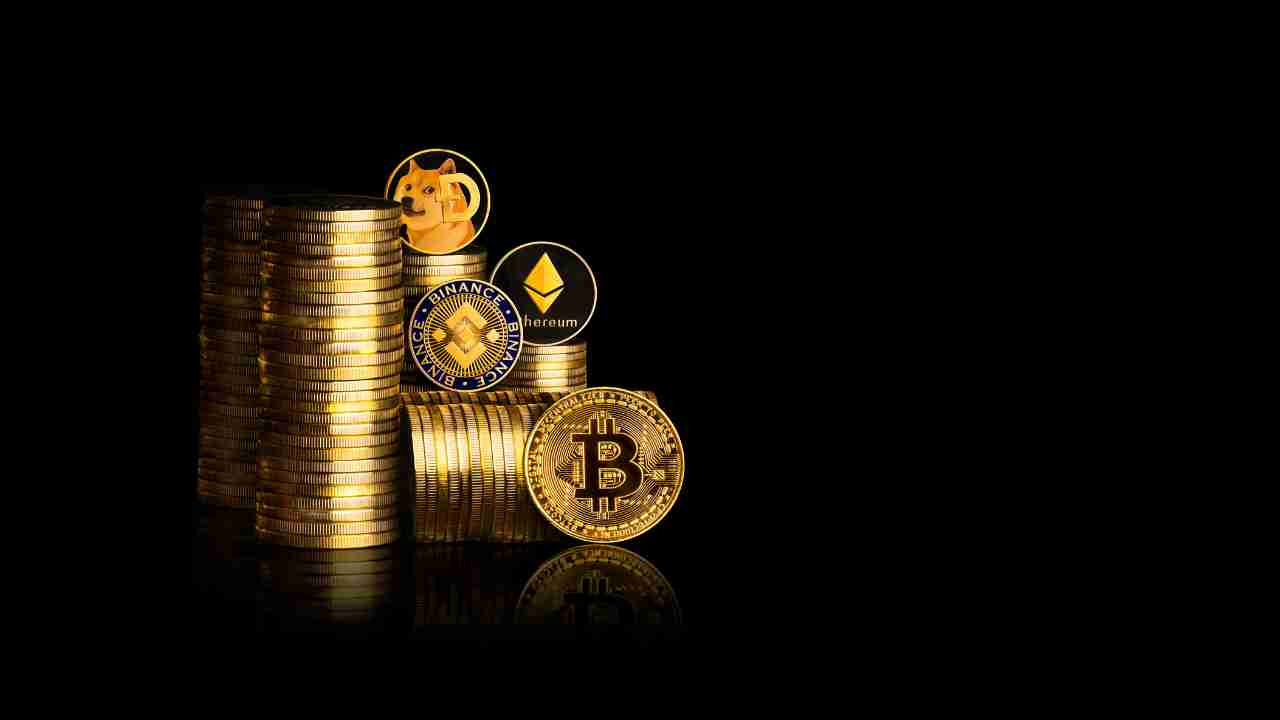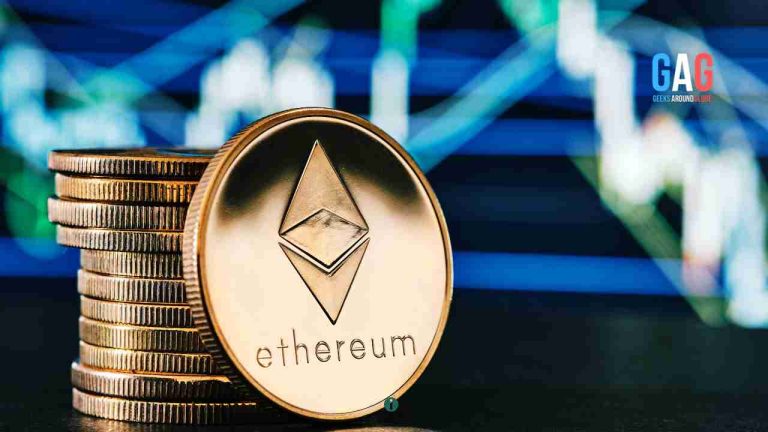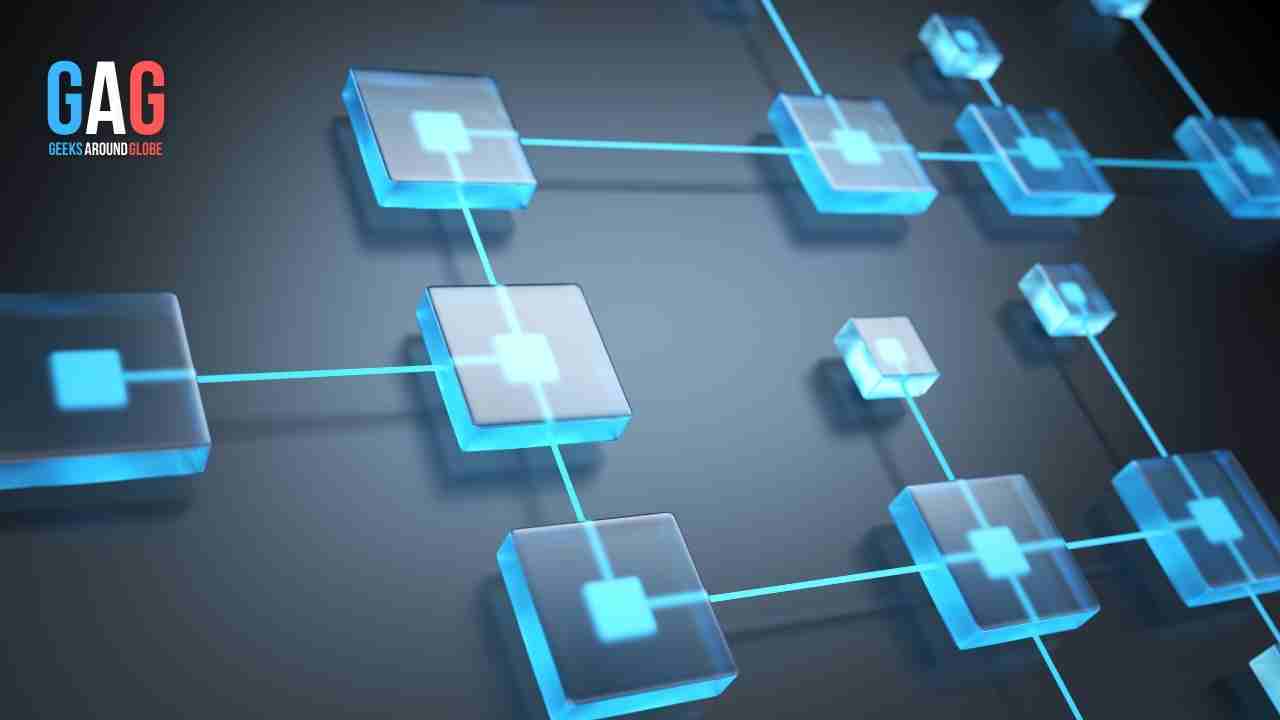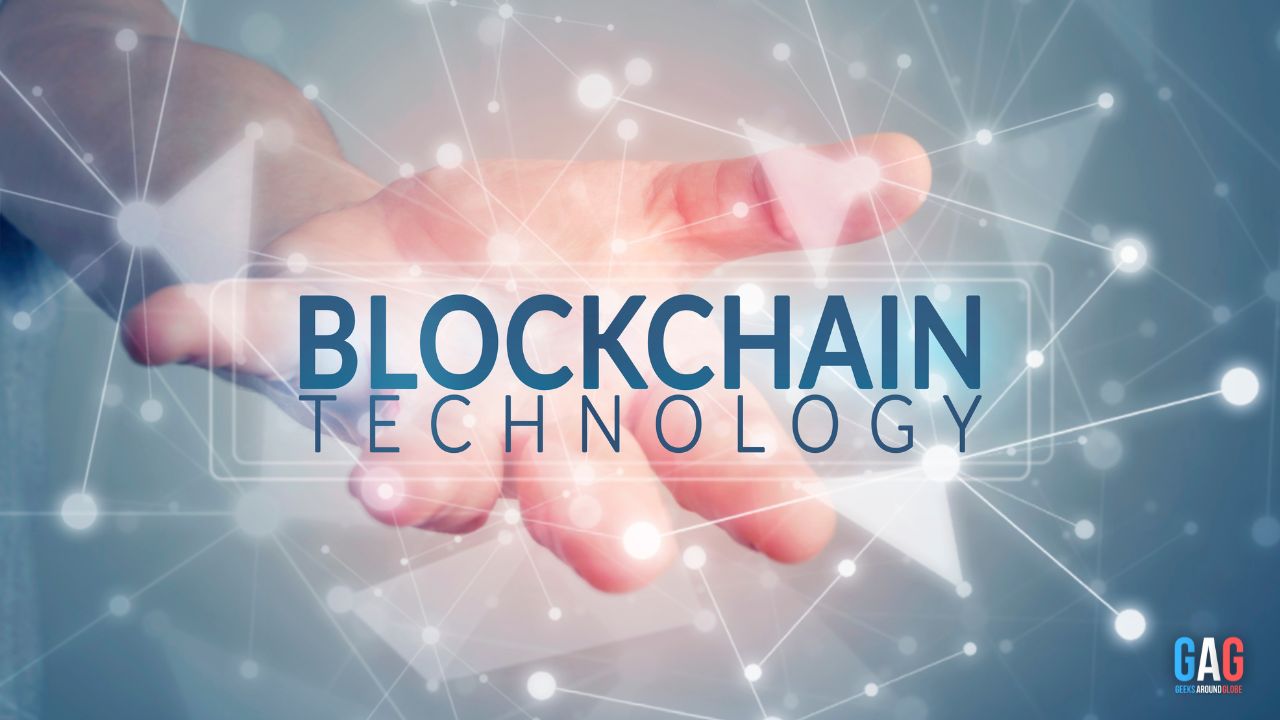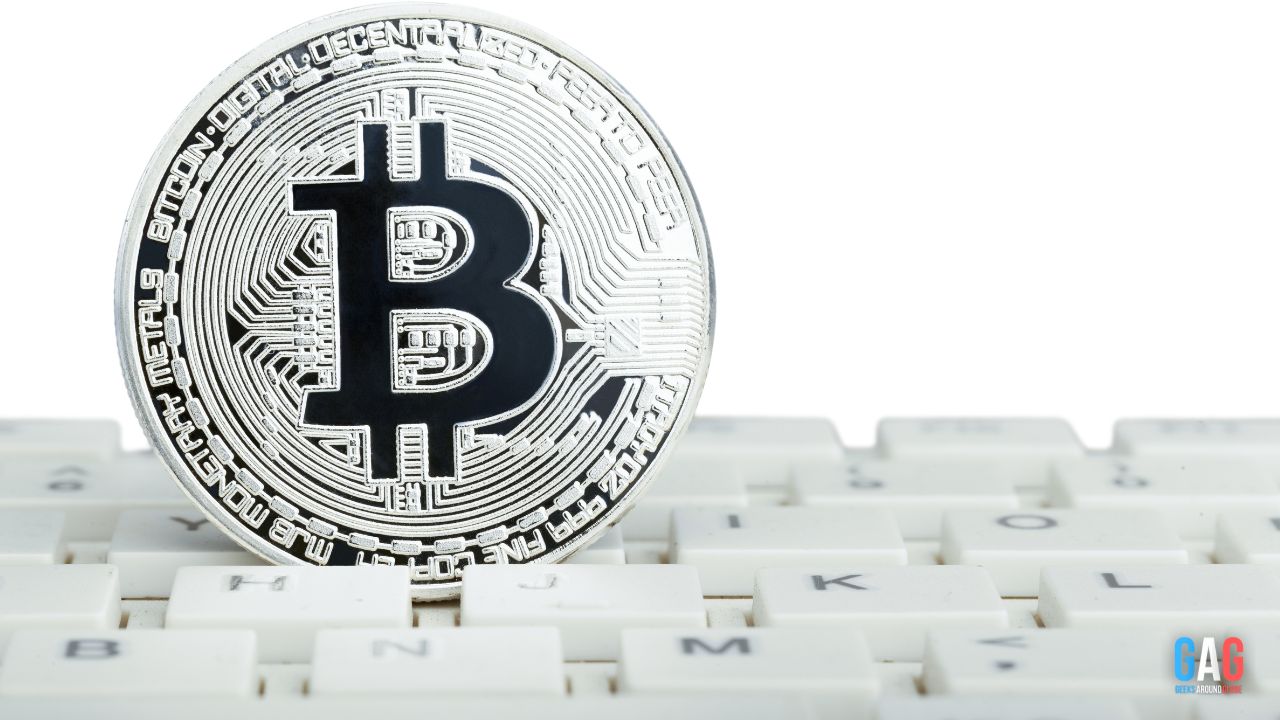Binance Smart Chain (BSC) extends the capabilities of the Binance Chain, facilitating decentralized applications (DApps) and smart contracts through a dual-chain architecture designed for enhanced scalability and efficiency. Originating as a response to Binance Chain limitations, BSC meets the demand for a high-performance blockchain. Its evolution reflects the dynamic nature of the blockchain ecosystem, emphasizing improved scalability and functionality. BSC aligns with the broader trend of decentralized technologies in finance, contributing to decentralized finance (DeFi) and reshaping traditional systems. In this evolving landscape, solutions visit and Go Immediate Serax, an adaptive online trading solution, cater to dynamic digital asset scenarios.
Key Features of Binance Smart Chain
Dual Chain Architecture: BSC vs. Binance Chain
BSC’s dual-chain architecture distinguishes it from its predecessor, Binance Chain. This design incorporates two chains—the original Binance Chain for fast transactions and BSC for smart contract functionality. This dual-chain approach ensures both speed and flexibility, addressing the limitations of a single-chain system.
Smart Contracts and Decentralized Applications (DApps)
At the core of BSC’s capabilities lie smart contracts and DApps. Smart contracts enable self-executing agreements without intermediaries, fostering automation and efficiency. BSC’s support for DApps amplifies its utility, offering developers a versatile platform to create decentralized solutions across various industries.
Cross-Chain Compatibility and Interoperability
BSC’s interoperability is a notable feature, allowing seamless communication with other blockchain networks. This cross-chain compatibility enhances the overall connectivity of the blockchain ecosystem, fostering collaboration and expanding the scope of decentralized applications.
Low Transaction Fees and High Throughput
An attractive feature of BSC is its cost-effectiveness. With low transaction fees and high throughput, BSC provides an efficient environment for users and developers alike. This affordability contributes to the network’s widespread adoption, especially in the context of decentralized finance.
BSC Ecosystem and Growth
Overview of BSC Token (BNB) and Its Role
Central to BSC’s ecosystem is the Binance Coin (BNB). Serving multiple functions, including transaction fees, governance, and staking, BNB plays a crucial role in the network’s sustainability and incentivizes active participation from the community.
The Role of Validators and Stakers in BSC
Validators and stakers form the backbone of BSC’s decentralized infrastructure. By validating transactions and securing the network, these participants contribute to the overall stability and reliability of BSC, ensuring its continued growth and resilience.
Partnerships and Collaborations Fueling BSC’s Growth
BSC’s expansion is not only attributed to its technical features but also to strategic partnerships and collaborations. By forging alliances with key players in the blockchain space, BSC has been able to leverage synergies and accelerate its adoption across diverse sectors.
Notable Projects and DApps on Binance Smart Chain
The vibrancy of BSC’s ecosystem is evident through the myriad of projects and DApps hosted on the network. From decentralized exchanges to gaming platforms, these initiatives showcase the versatility and adaptability of BSC in accommodating diverse decentralized applications.
Adoption and Use Cases
BSC in Decentralized Finance (DeFi)
Yield Farming and Liquidity Pools
BSC has emerged as a prominent player in the DeFi landscape, offering users opportunities for yield farming and participation in liquidity pools. These decentralized financial instruments provide avenues for users to earn rewards while contributing to the liquidity of the network.
Decentralized Exchanges (DEXs) on BSC
The presence of decentralized exchanges on BSC facilitates peer-to-peer trading without the need for traditional intermediaries. This decentralized approach aligns with the ethos of blockchain technology, promoting trustless and transparent exchange mechanisms.
Non-Financial Use Cases
NFTs (Non-Fungible Tokens) on BSC
BSC extends its utility beyond finance into the realm of non-fungible tokens. NFTs, representing ownership of unique digital assets, find a home on BSC, providing creators and collectors with a decentralized platform for the creation and exchange of digital art and collectibles.
Gaming and Virtual Assets
The integration of BSC into the gaming industry exemplifies its versatility. By tokenizing in-game assets and leveraging blockchain technology, BSC enhances the gaming experience, offering players true ownership of virtual assets and enabling new models for in-game economies.
Challenges and Criticisms
Security Concerns and Incidents
BSC, like any network, faces security challenges. Instances of vulnerabilities prompt continuous efforts to enhance security protocols, bolstering resilience against threats.
Centralization Debate: BSC vs. Ethereum
Decentralization is debated, notably in comparison to Ethereum. Critics argue BSC compromises it for speed, fueling the discourse on trade-offs.
Regulatory Challenges and Compliance
BSC navigates evolving blockchain regulations, balancing decentralization with compliance poses a significant challenge for the network and its stakeholders.
Community and Governance
Binance Smart Chain Community Dynamics
BSC’s strength lies in its active community. Decentralized governance enables members to actively contribute to decision-making, fostering ongoing network development.
Governance Mechanisms and Decision-Making
BSC’s governance allows users to propose and vote on changes, fostering a decentralized decision-making process that ensures network evolution aligns with community vision.
Community-led Initiatives and Development
BSC’s community propels initiatives and development. From grassroots education to collaborative projects, it plays a pivotal role in shaping BSC’s trajectory.
Future Outlook and Potential Developments
BSC 2.0: Upgrades and Improvements
BSC’s roadmap, known as BSC 2.0, entails ongoing upgrades addressing challenges, introducing features, and ensuring its forefront position in blockchain technology.
Integration with Other Blockchain Networks
BSC’s cross-chain potential fosters collaboration. As the blockchain landscape evolves, its interoperability may crucially contribute to synergy and impact.
Regulatory Developments and Compliance Measures
BSC anticipates regulatory changes, aiming for compliance while preserving decentralization. Proactive engagement with authorities and adopting industry best practices is crucial for sustained growth.
Potential Impact on the Broader Cryptocurrency Ecosystem
BSC’s developments, from innovative solutions to collaborations, extend beyond its ecosystem, influencing decentralized technologies globally in the cryptocurrency landscape.
Conclusion
In conclusion, Binance Smart Chain (BSC) has evolved into a dynamic force in the blockchain space, shaped by challenges, achievements, and innovation. Its ongoing impact, evident in new financial models and applications, underscores the transformative potential of decentralized technologies. With a committed community and ongoing development, BSC is poised to contribute significantly to the continued growth of the entire blockchain ecosystem, exemplifying the influential role of decentralized networks in shaping digital interactions.

